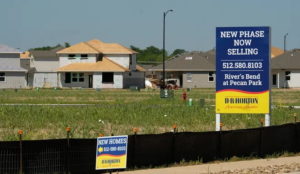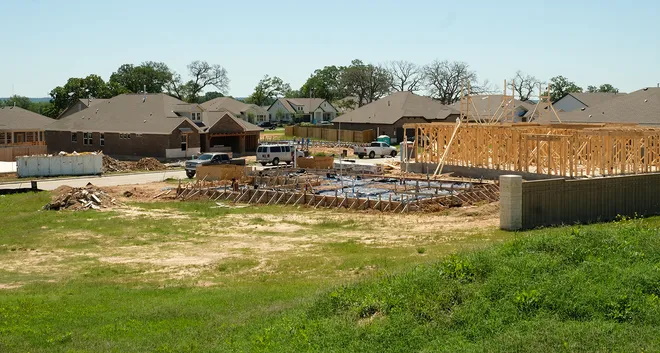 The Austin metropolitan area continued to see widespread growth during the coronavirus pandemic in 2020, but growth in Travis County might be slowing, according to the latest estimates from the Census Bureau.
The Austin metropolitan area continued to see widespread growth during the coronavirus pandemic in 2020, but growth in Travis County might be slowing, according to the latest estimates from the Census Bureau.
The Austin area continues to be one of the fastest-growing in the nation, ranking fourth in total population growth and No. 1 in rate of growth among metropolitan areas with more than 1 million people.
“We added more people than the San Antonio metro,” said city of Austin demographer Lila Valencia. “It’s a large number and we’re growing fast.”
The counts for cities and counties from the 2020 census are not expected to be released until September. This week’s estimates are the Census Bureau’s annual estimates for counties and metropolitan areas.
Last week, the Census Bureau released statewide counts from the U.S. Census that showed Texas surpassing 29 million residents. It was enough to earn the Lone Star State two more Congressional seats.
Houston, Phoenix and the Dallas-Fort Worth Metroplex were ahead of Austin’s five county area in population growth.
The Austin area, which consists of Bastrop, Caldwell, Hays, Travis and Williamson Counties, had an estimated population of just under 2.3 million and saw 67,197 new residents in 2020. Most of that growth was driven by population increases in the outlying counties.
Construction is ongoing on a section of part the Colony development along FM 969 in Bastrop. The Austin metro area continued to see widespread population growth during the pandemic in 2020, according to the latest estimates from the Census Bureau.
Williamson County’s estimated population grew to 617,855 — up 4.4% — adding 26,032 people, while Travis County topped 1.3 million people on a growth rate of 2.1%. Hays County had the fastest rate of growth, with its population estimated to have jumped 4.8% — up 10,965 people to 241,365.
Bastrop County grew 3.2% to 91,601 people while Caldwell County inched up 0.9% to a population of 43,979.
Domestic immigration was the lead driver for population increases, accounting for 73% of population growth in 2020. In total, 48,873 people moved to the Austin area from elsewhere in the U.S., an 17.7% increase from 2019. Valencia said relatively low housing prices and business growth continue to be the main drivers leading people to move into the area.
Work is ongoing at the Pecan Park development, which is near downtown Bastrop. The Austin metro area continued to see widespread population growth during the pandemic in 2020, according to the latest estimates from the Census Bureau.
“Even though it is increasingly more and more expensive for people who are from the area to be able to live here, it’s still relatively affordable compared to some of these other places in the country that are seeing these population declines,” Valencia said. “If you are in New York. in L.A., in Chicago or San Francisco, coming to Austin is a more affordable place to be.”
While domestic immigration drove population increases, international immigration continued to slow, dipping 19.4% from 2019 and down 47.3% from its peak in 2015. Birth rates were up slightly across the area, but have remained relatively flat since 2014.

